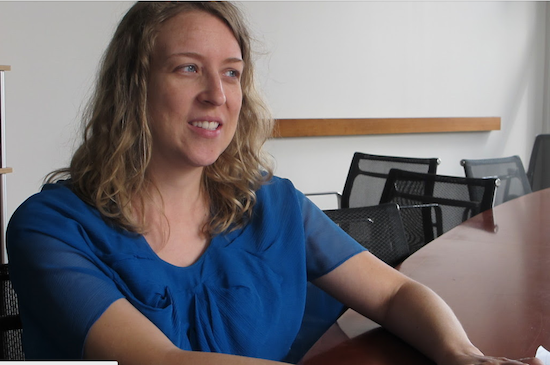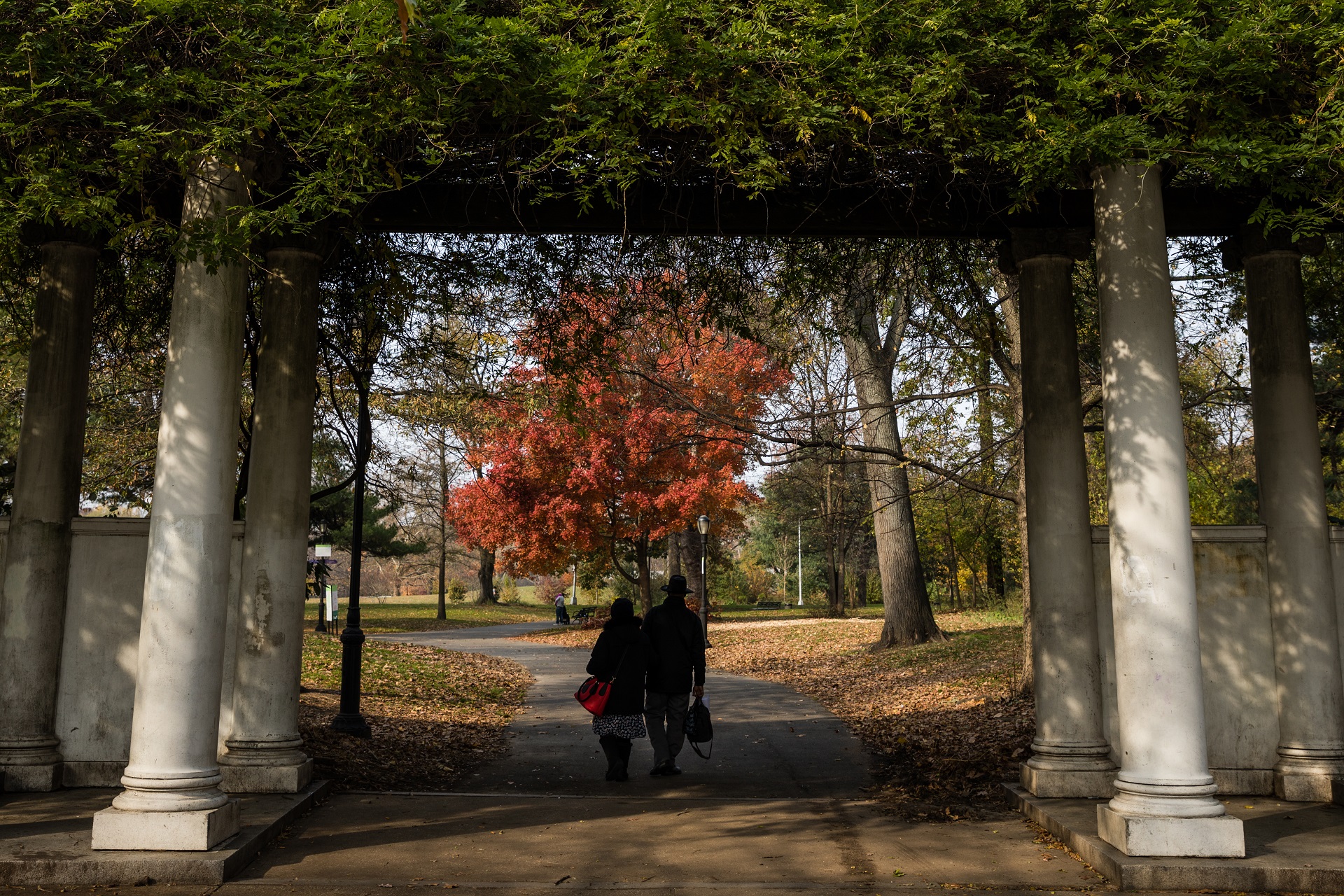Meet the developer of 626 Flatbush Avenue

A proposed 23-story tower in Prospect-Lefferts Gardens is the subject of protests and a lawsuit, with pouring concrete on hold pending a judge’s ruling. But Alison Novak of the Hudson Companies just wants to build something that will benefit the neighborhood.
Brooklyn Brief: the 626 Flatbush development is partaking in the 80/20 Housing Program, whereby at least 20 percent of the units are set aside for very low-income residents, and construction is financed using funds raised through the sale of bonds. This is a voluntary program. What’s the incentive for a developer to do this?
Alison Novak: There are a couple of reasons to do an 80/20. At Hudson, we have three main lines of business: affordable housing, middle-income institutional housing–we’ve done building for Weill-Cornell, and Memorial Sloan-Kettering–and our third line, market-rate projects, like J Condo, or Third and Bond. 626 Flatbush is 80% market rate and 20% affordable so it straddles the business lines.
One reason you do an 80/20 is that it’s a good thing to create affordable housing. We think that’s true. Another reason in particular for Flatbush is that it’s inside the 421-a exclusion zone, which is a tax exemption program. In short, the City says that if you build twenty percent affordable units within this exclusion zone, you can be eligible for the abatement. So that’s a very attractive incentive.
